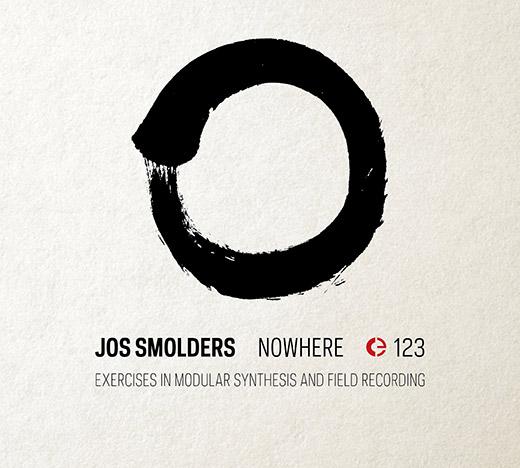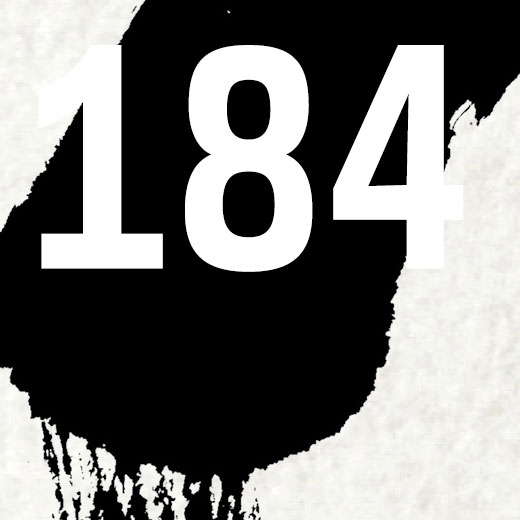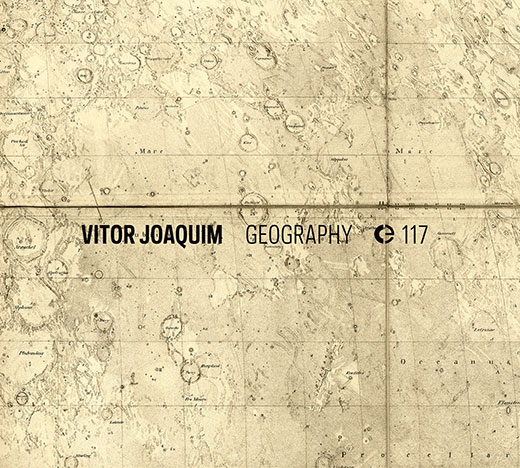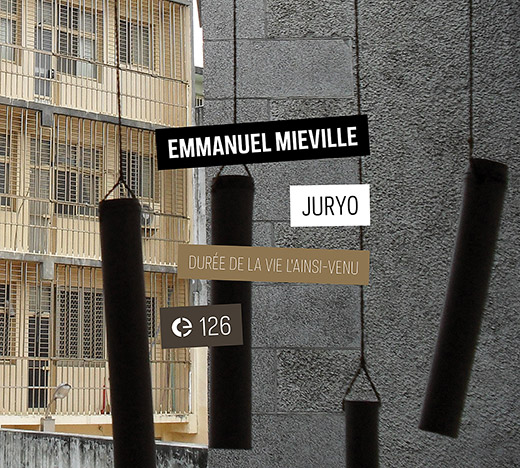
The first track from Jos Smolders’s Nowhere is a good example of music generating images of somewhere, even if it is an unstable, ungraspable locale.
Smolders’s modular synthesis works are surprisingly cinematic for music of a kind that is often labeled clinical, academic or heavy. The work has a ‘materiality’ that is nimble and strong, like a kind of sonic carbon-fibre.
Incident is not without traces of life in the most literal sense either; clicks and pops that may be as loose and dry as fragments of old bones cluster together to reanimate in unpredictable phases of excitation. Geigercounter sonics seem to infer that a radioactive anomaly has passed some time ago, and has left a strong audible signature as we speculate what the incident of the title was.
What results is something taut, tense and controlled. Images of post-meltdown Fukushima or Chernobyl come to mind, as we pick over the bones of these sites and survey the ecosystem. Maybe my language here is a little dramatic, but I’m going with a Zen-like ‘first thought, best thought’ instinct, inspired by the front cover calligraphy on the CD.
The work develops into more expansive terrain; plate reverbs imply a kind of tubular, metallic container, aluminum perhaps, maybe the inside of a large empty petrol tanker or a modern agricultural grain silo. Here the piece changes significantly; granular particles coalesce into phantasms of human voices before unpredictable tectonic drones permeate the soundscape.
The work takes on the direction of a radiophonic experience, one where the swells of unstable transmissions pass through thin walls. The tic of the Geigercounter remains but it is now picking up more than radioactivity.
There is an urgent orchestration at play, and the drone work is focused and fragile – you get the sense that something could pop or snap at any moment and the movement dies away into the terrain it began with – a vertebrae of attraction that passes.
Chris Dooks




